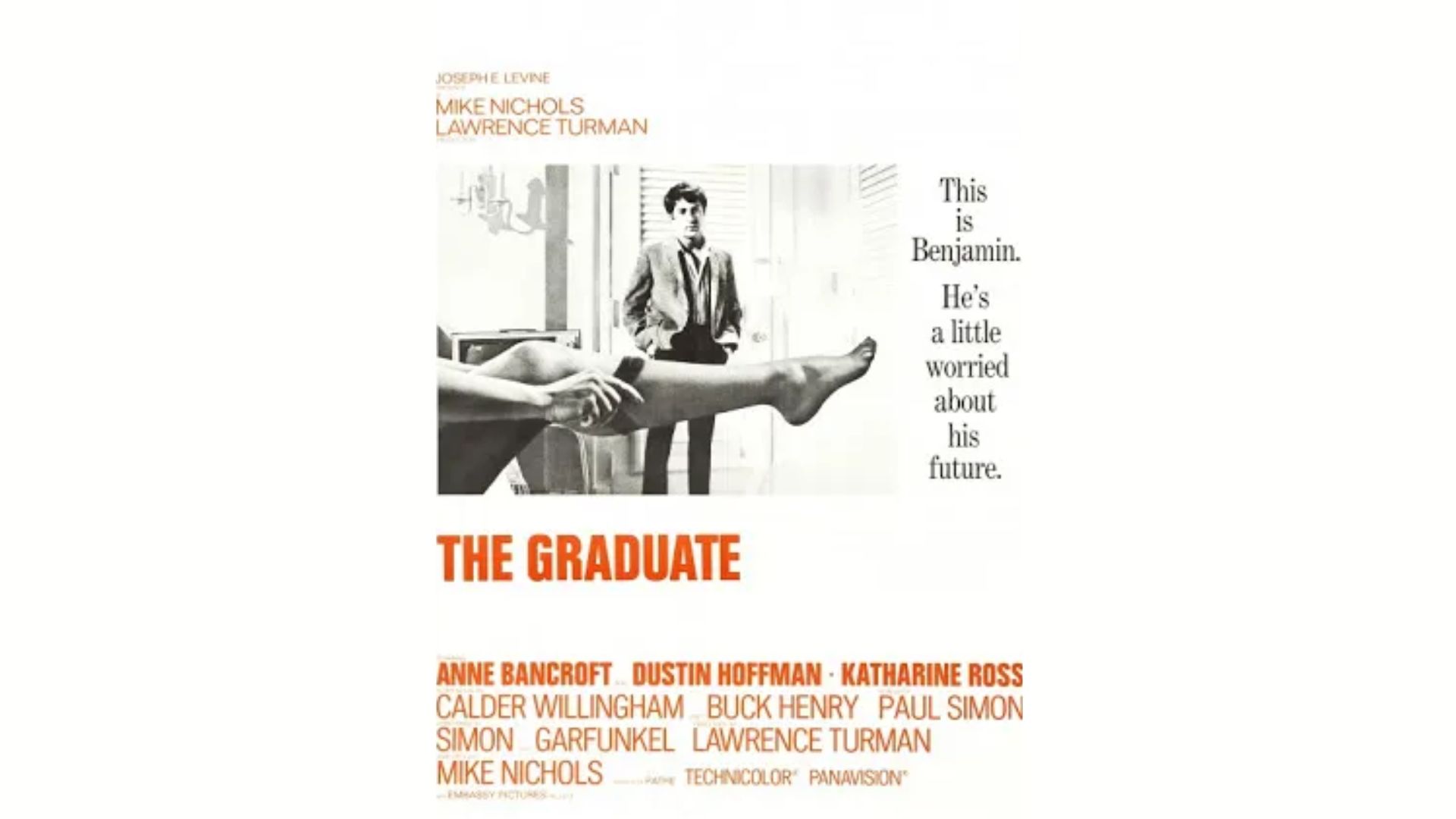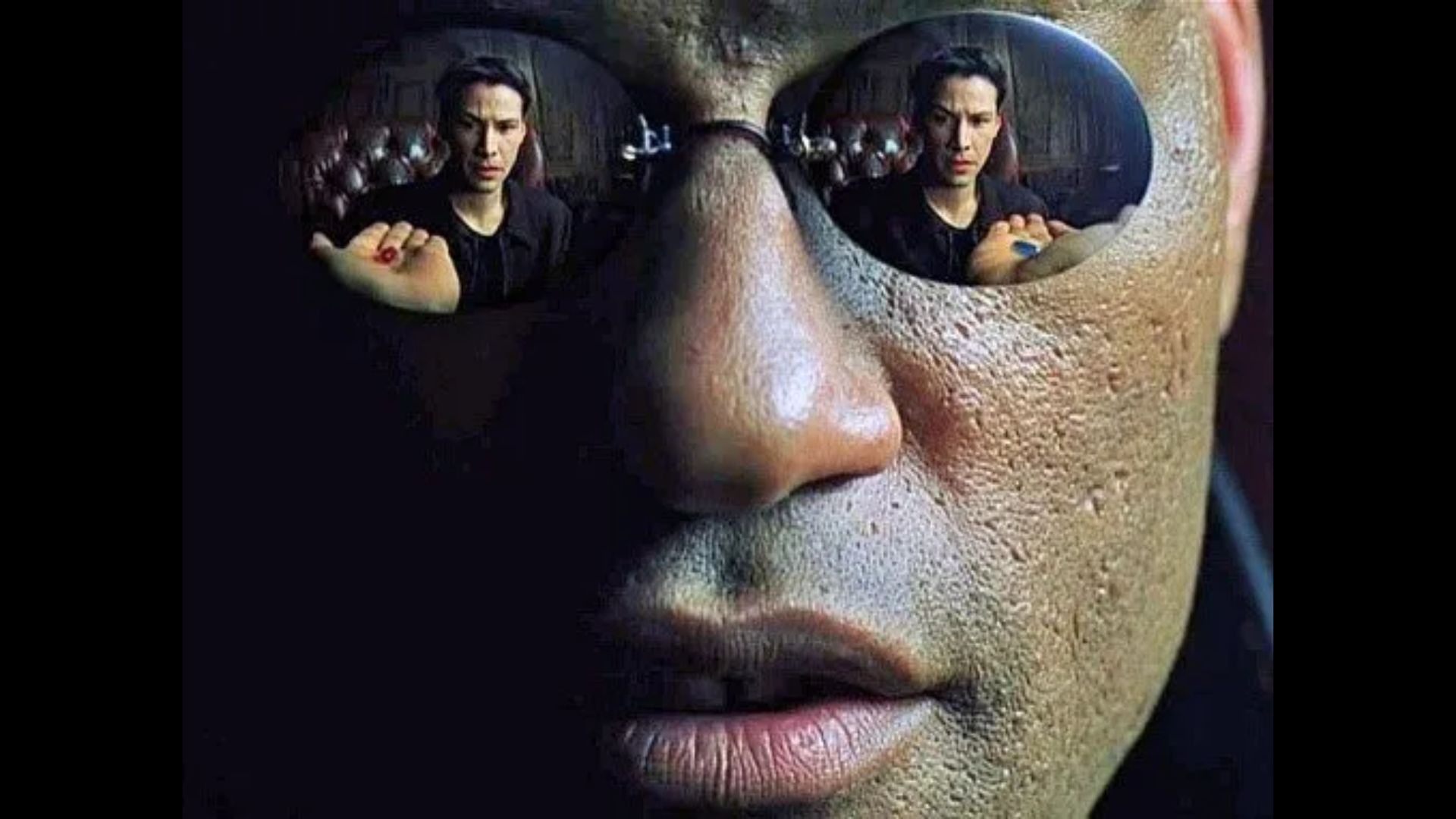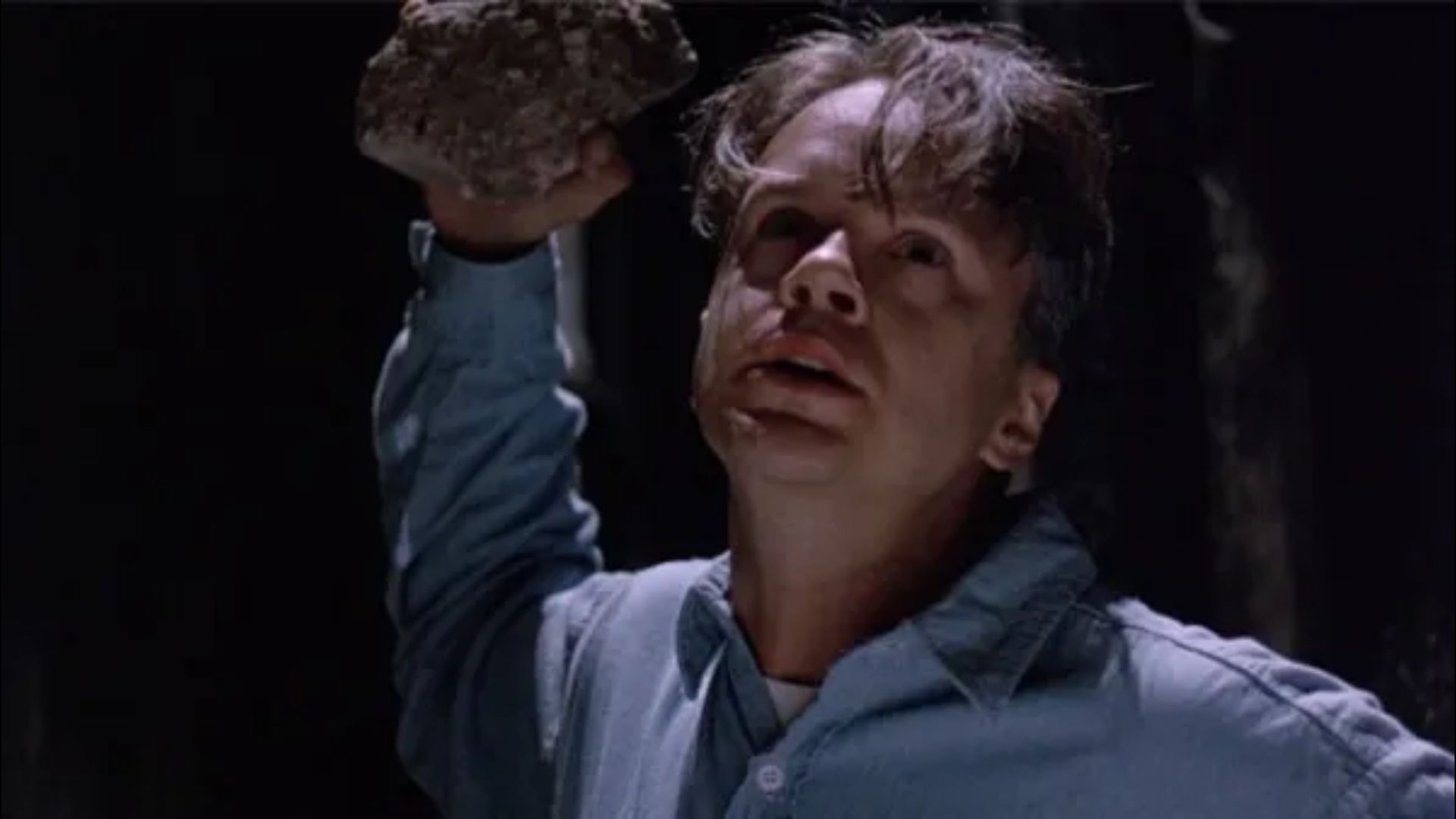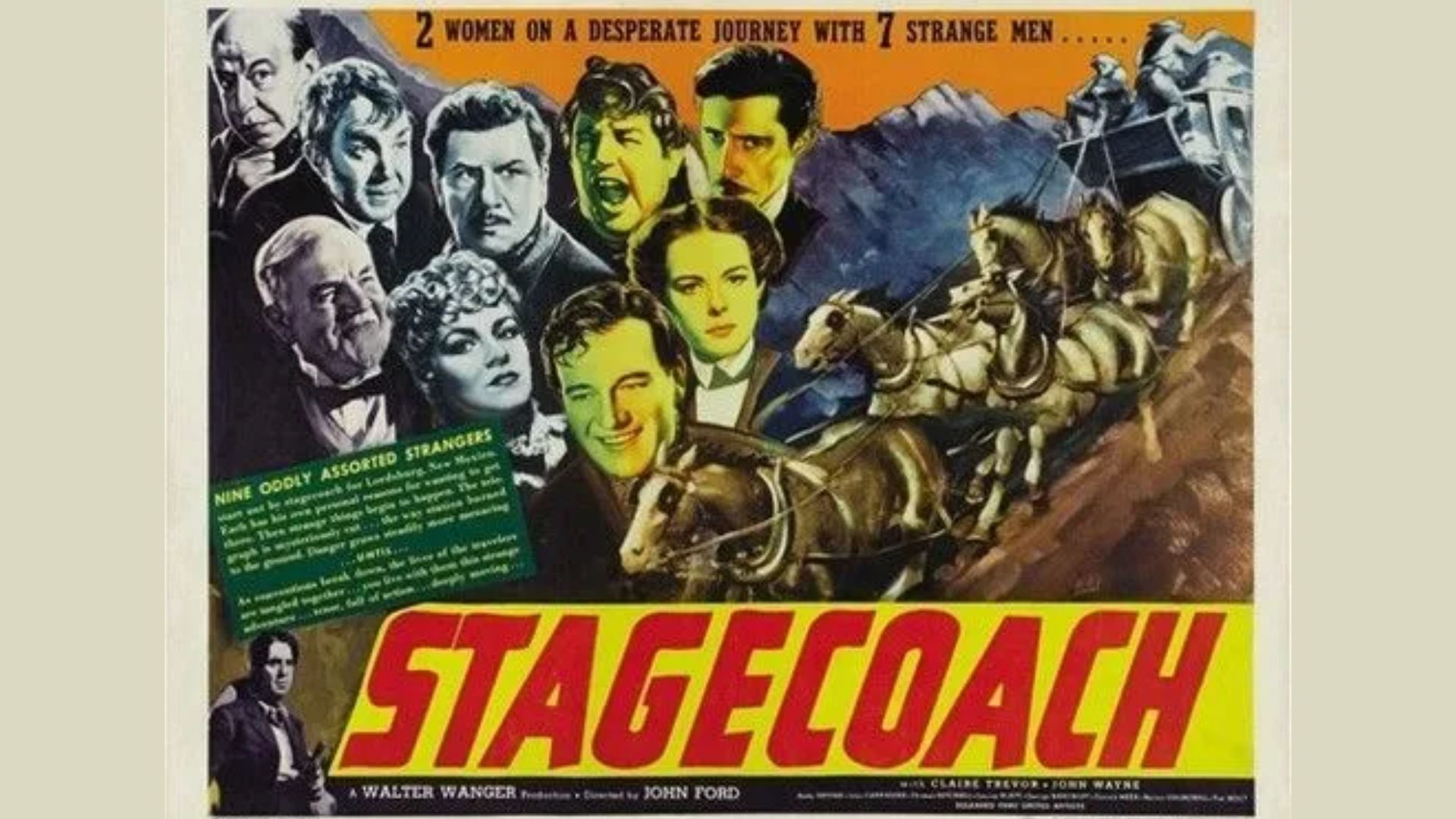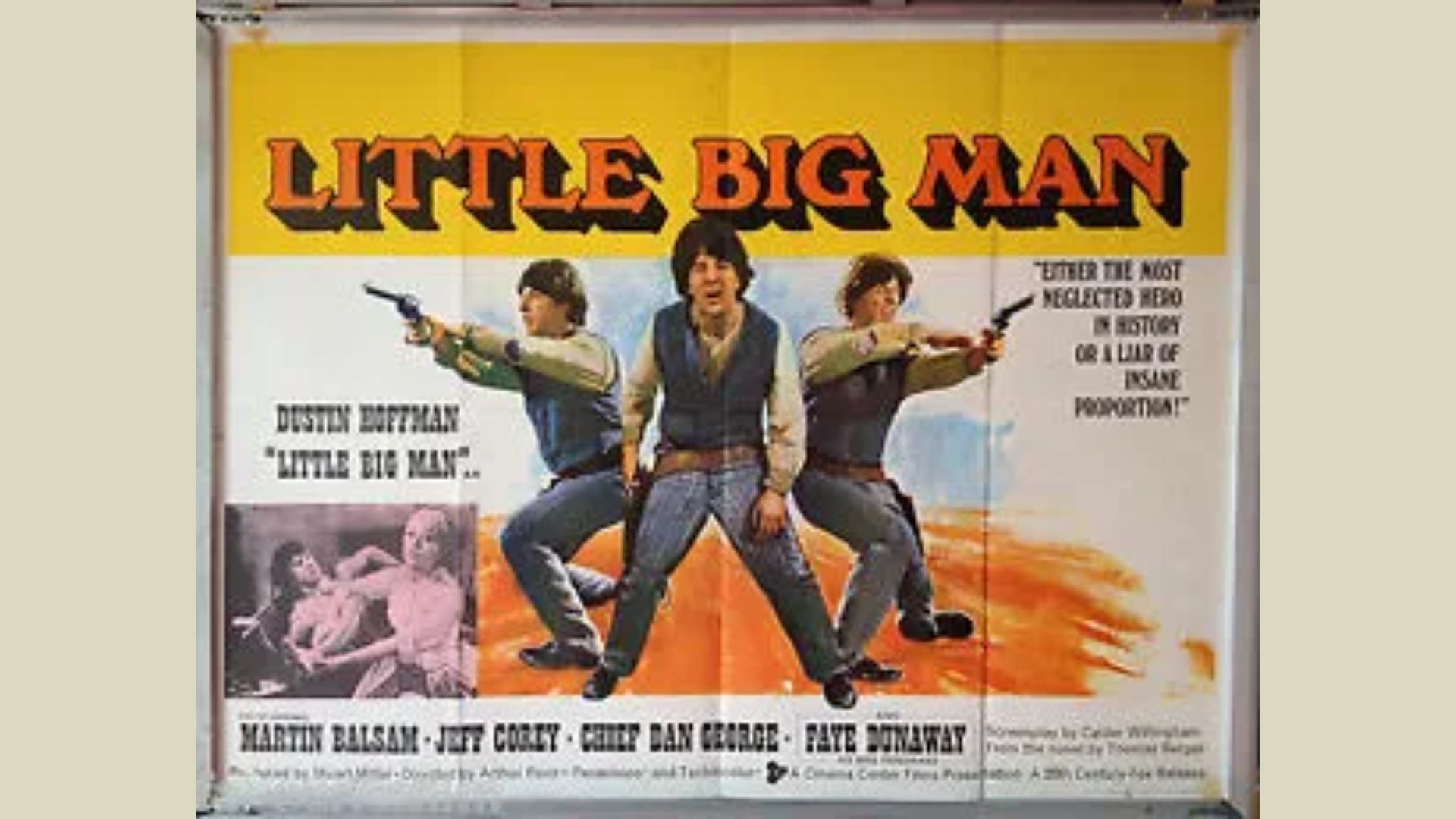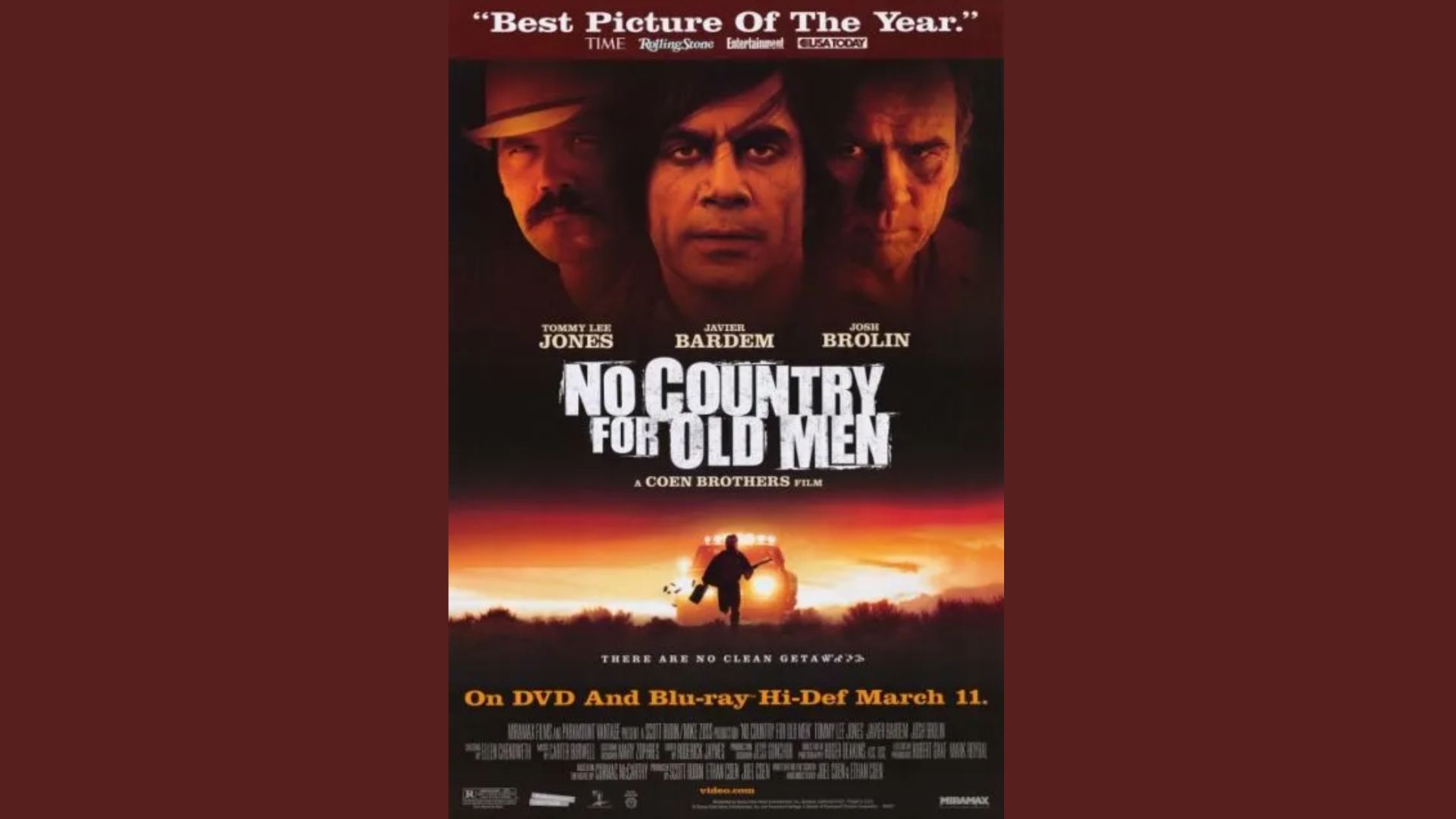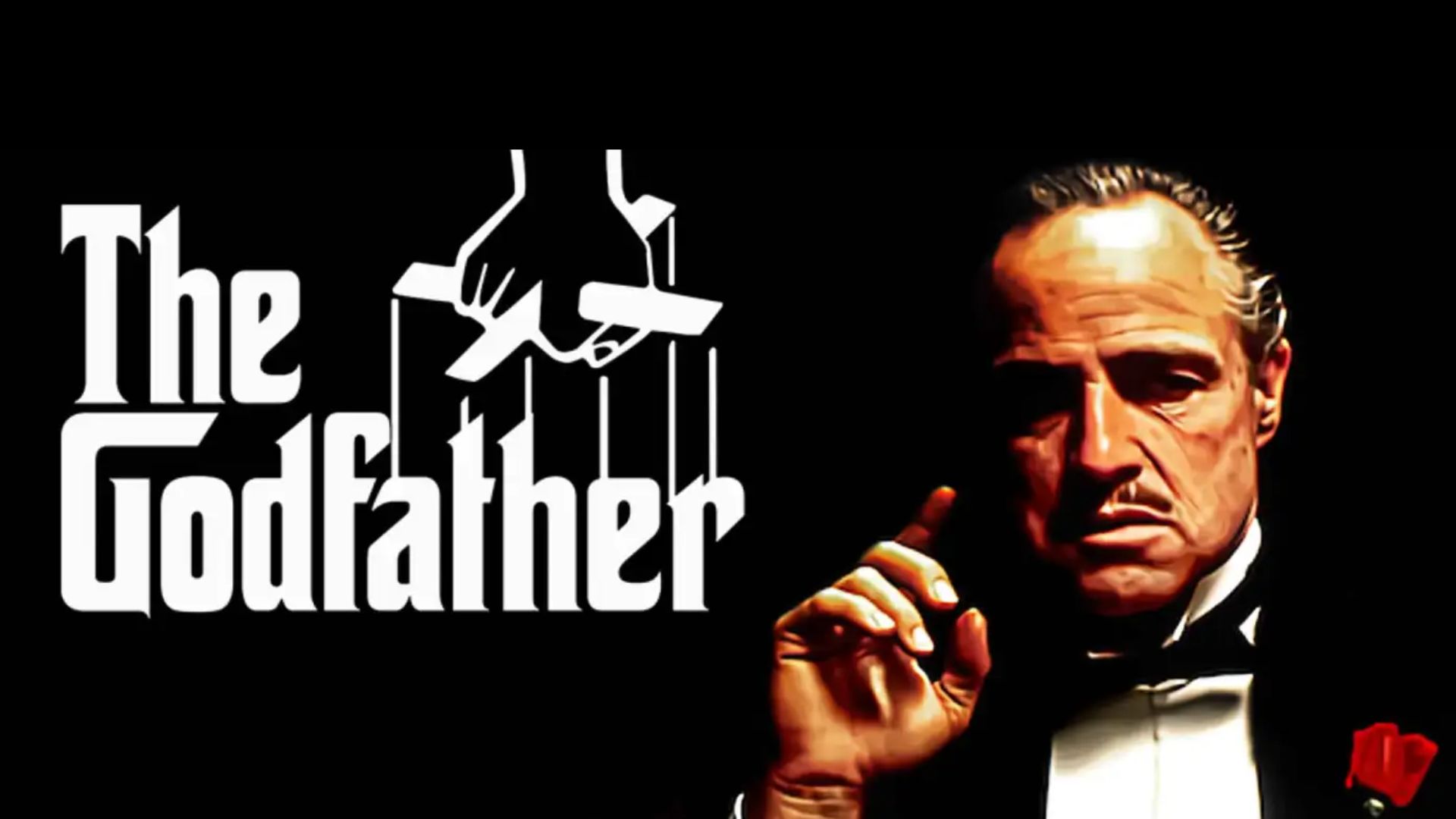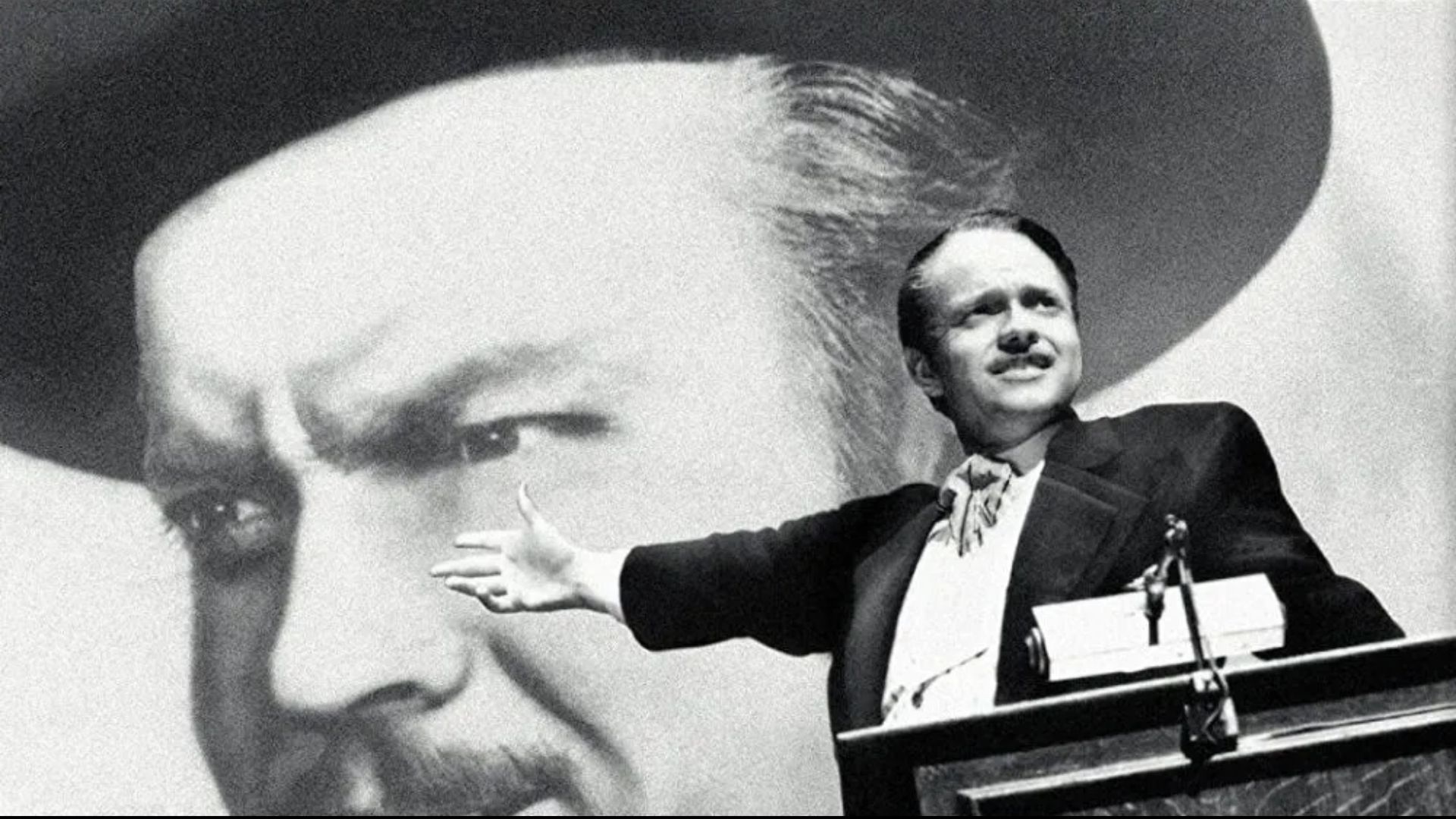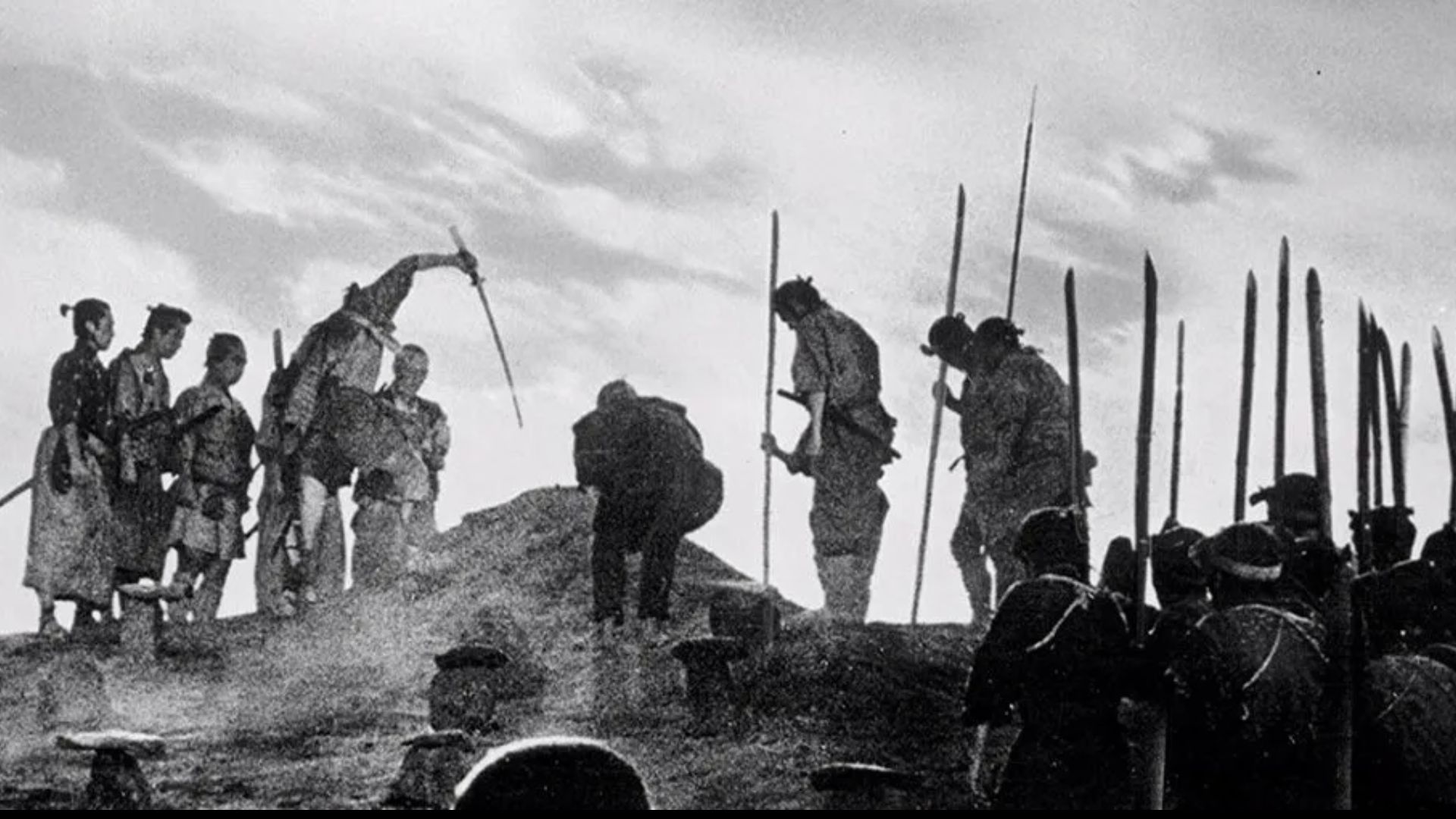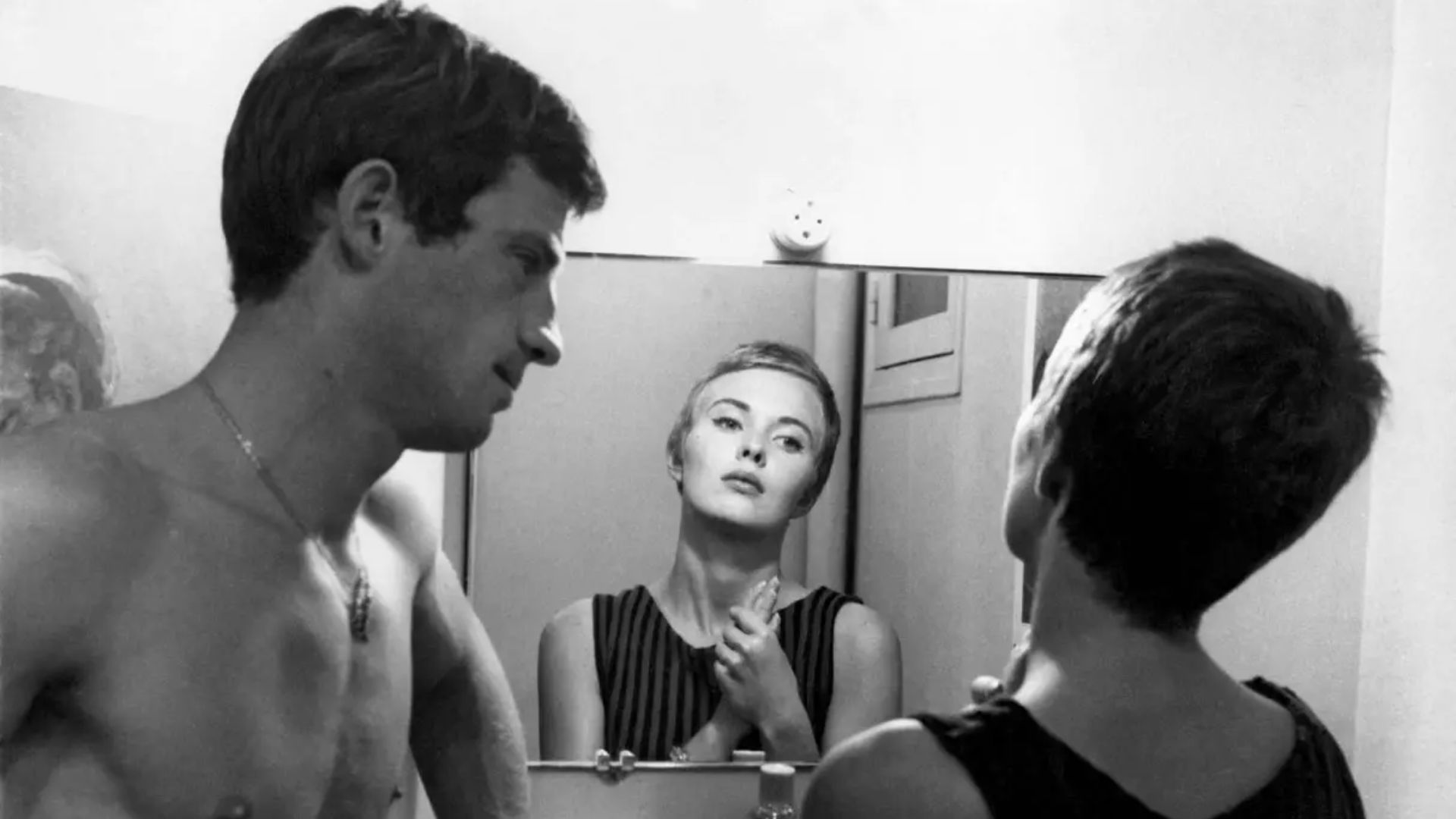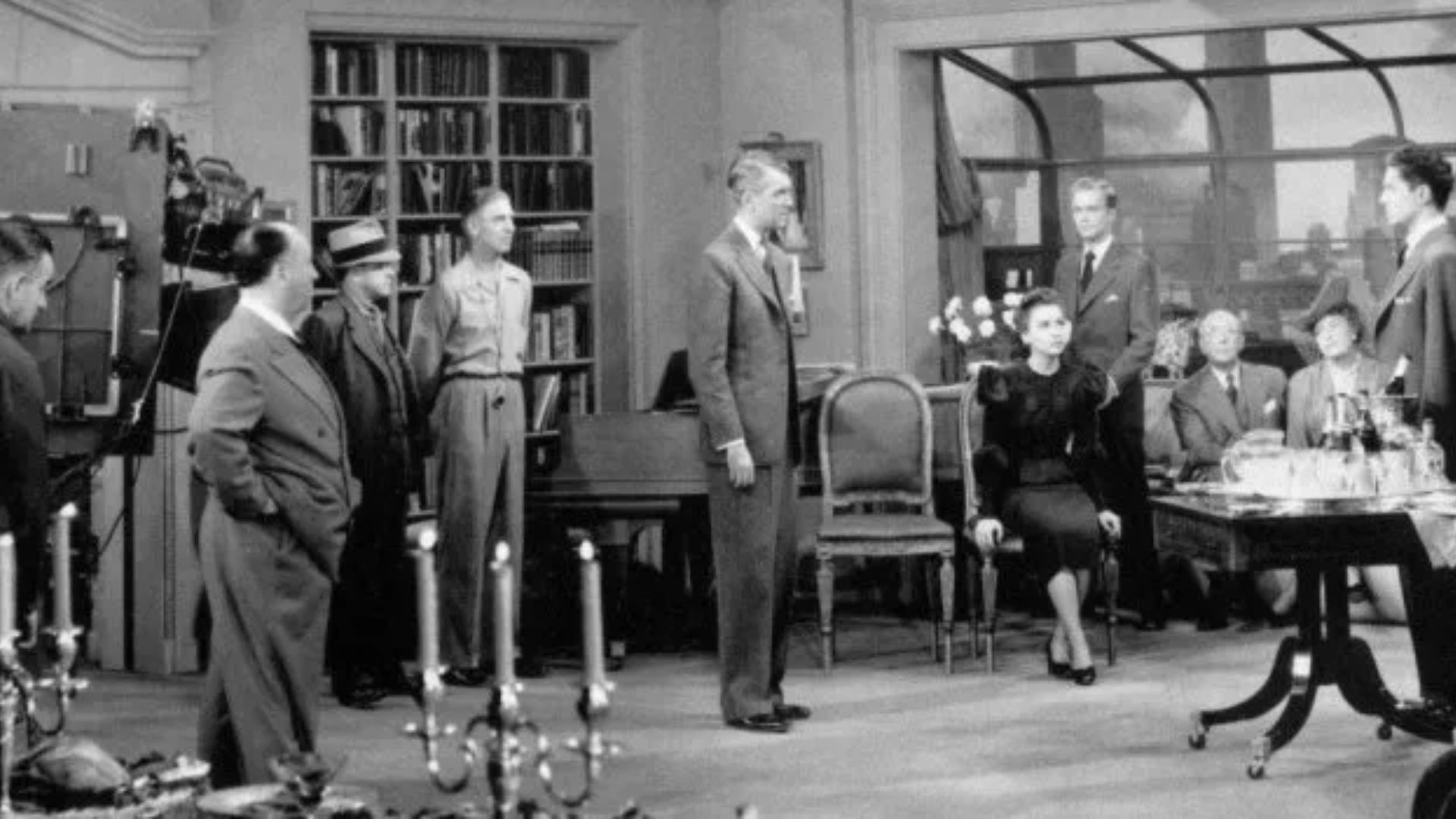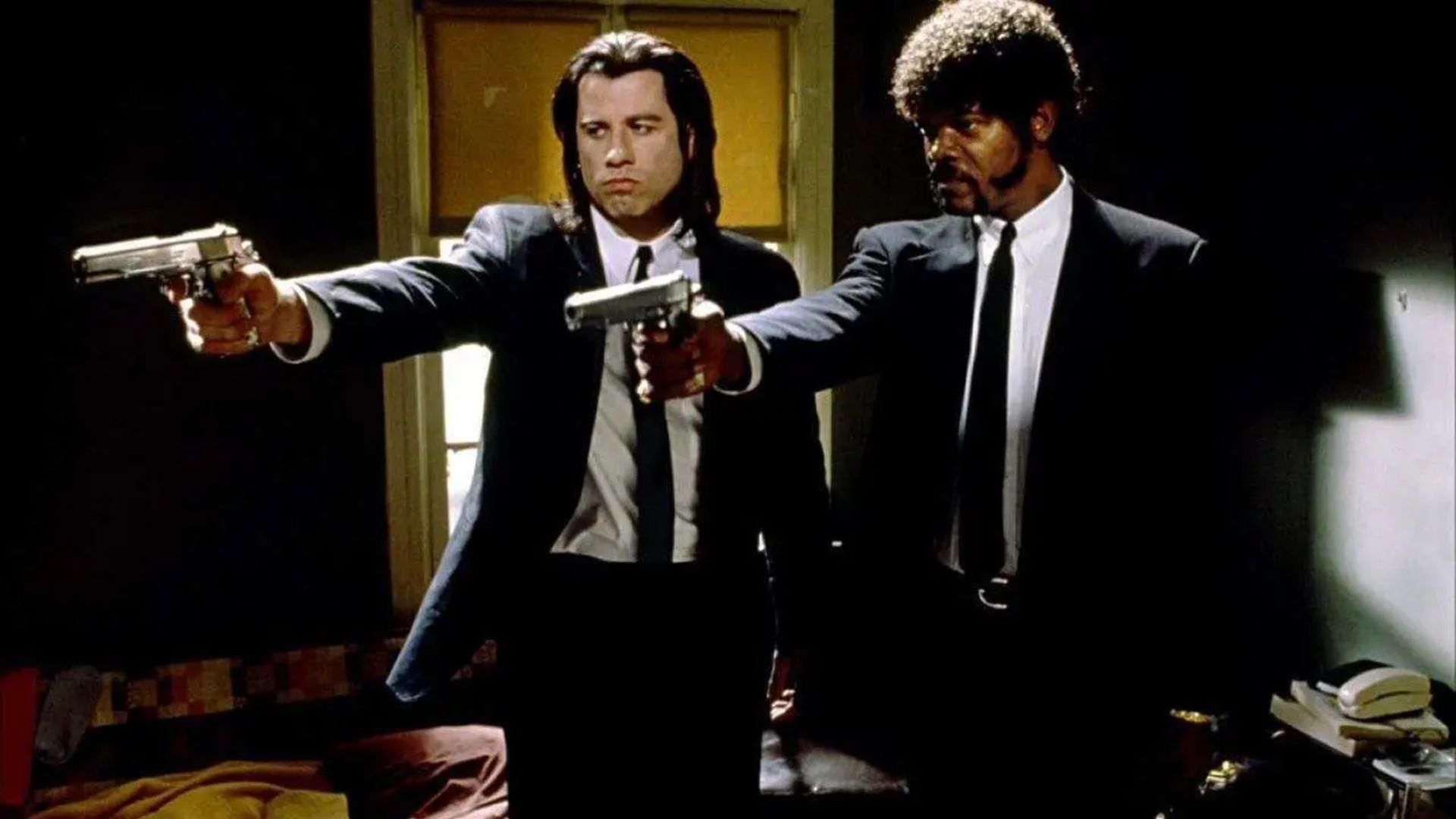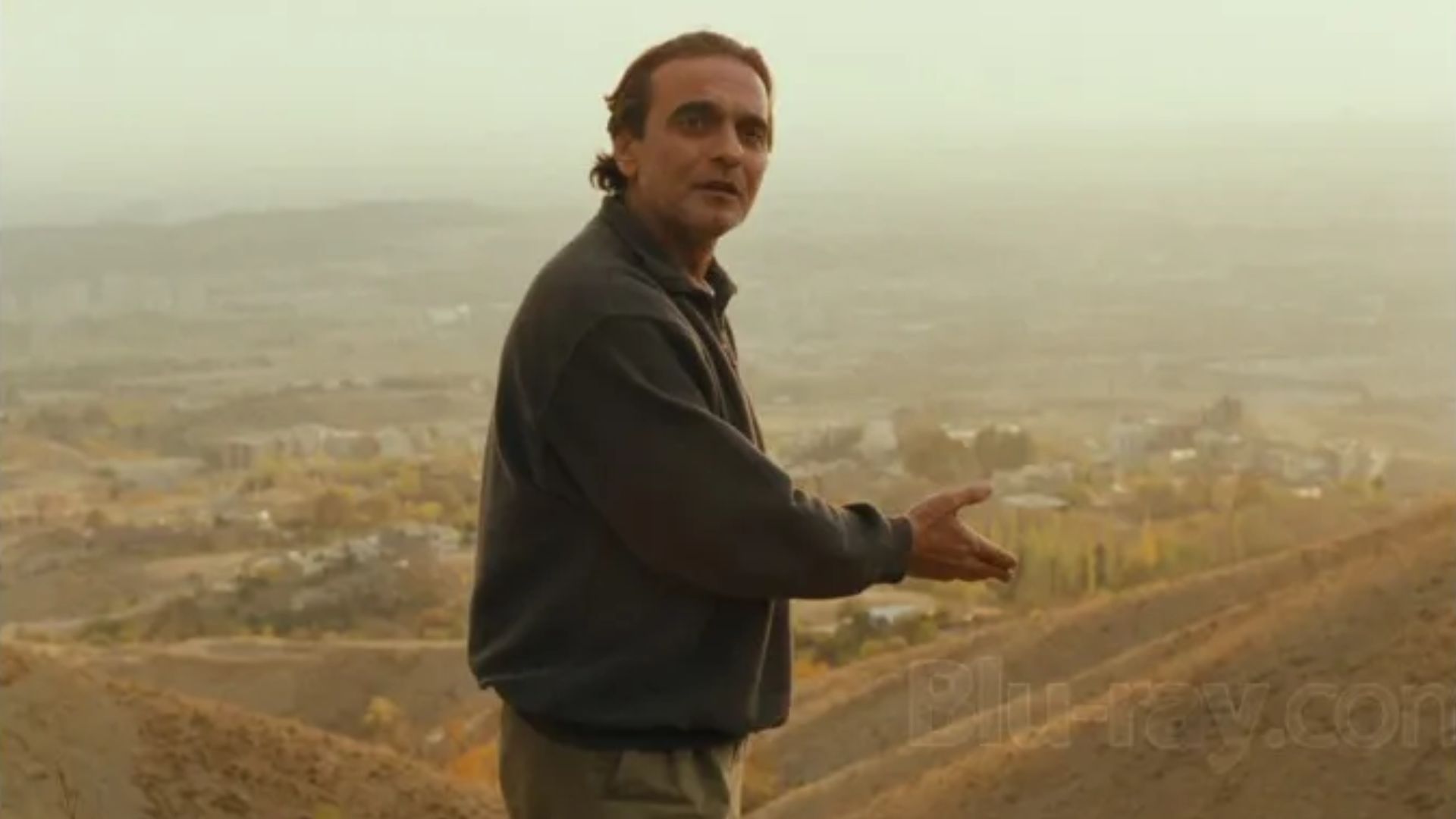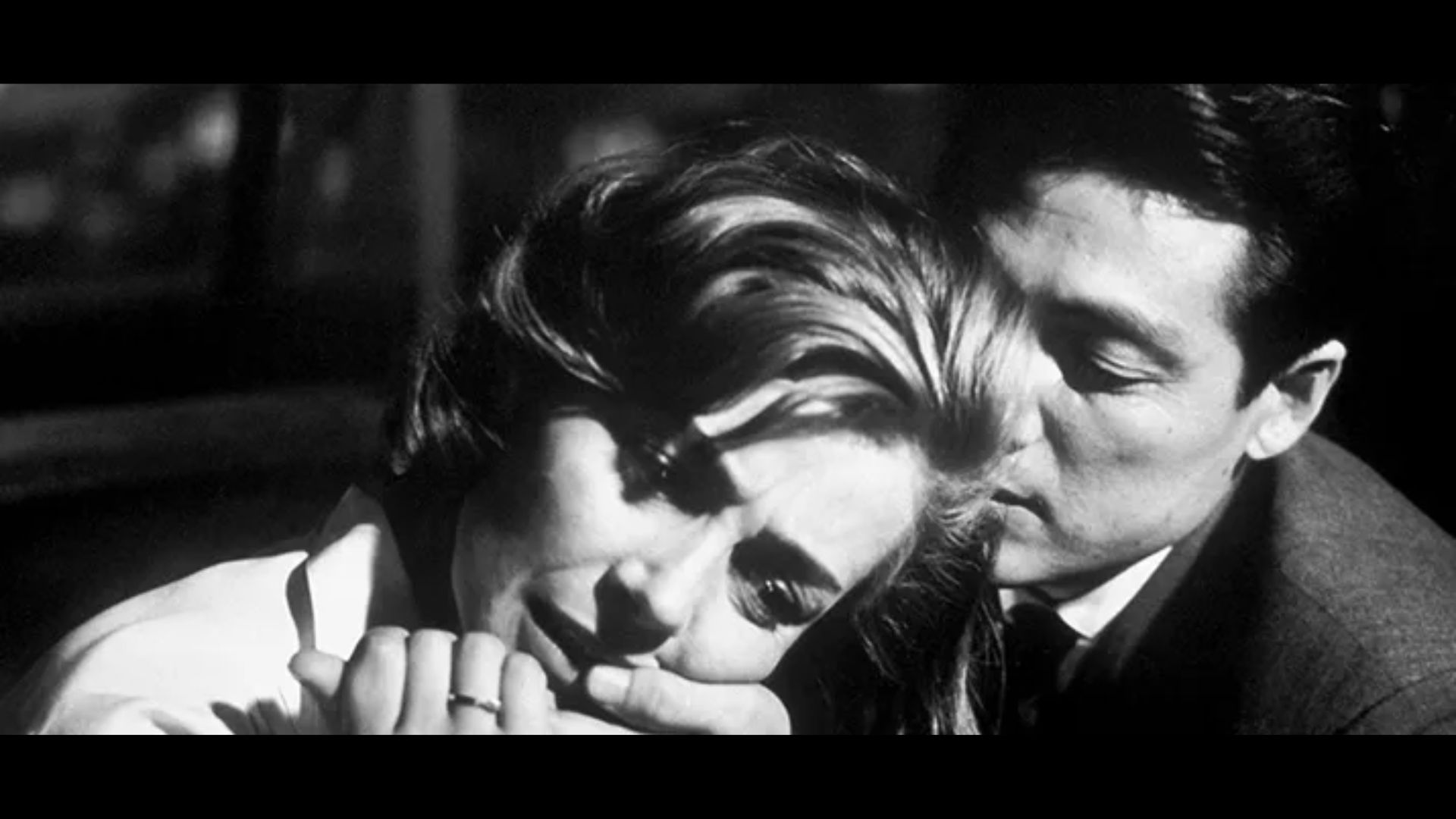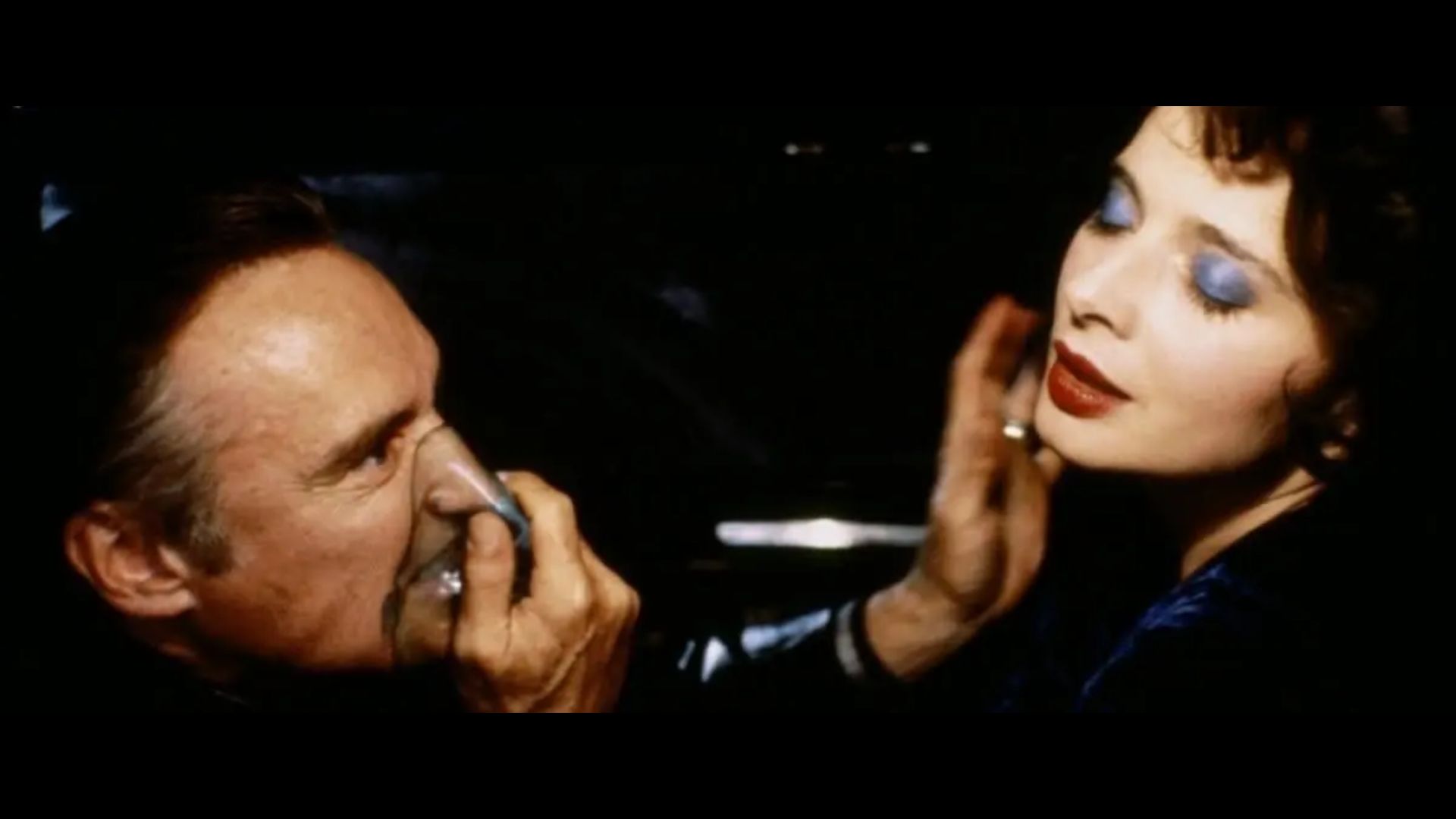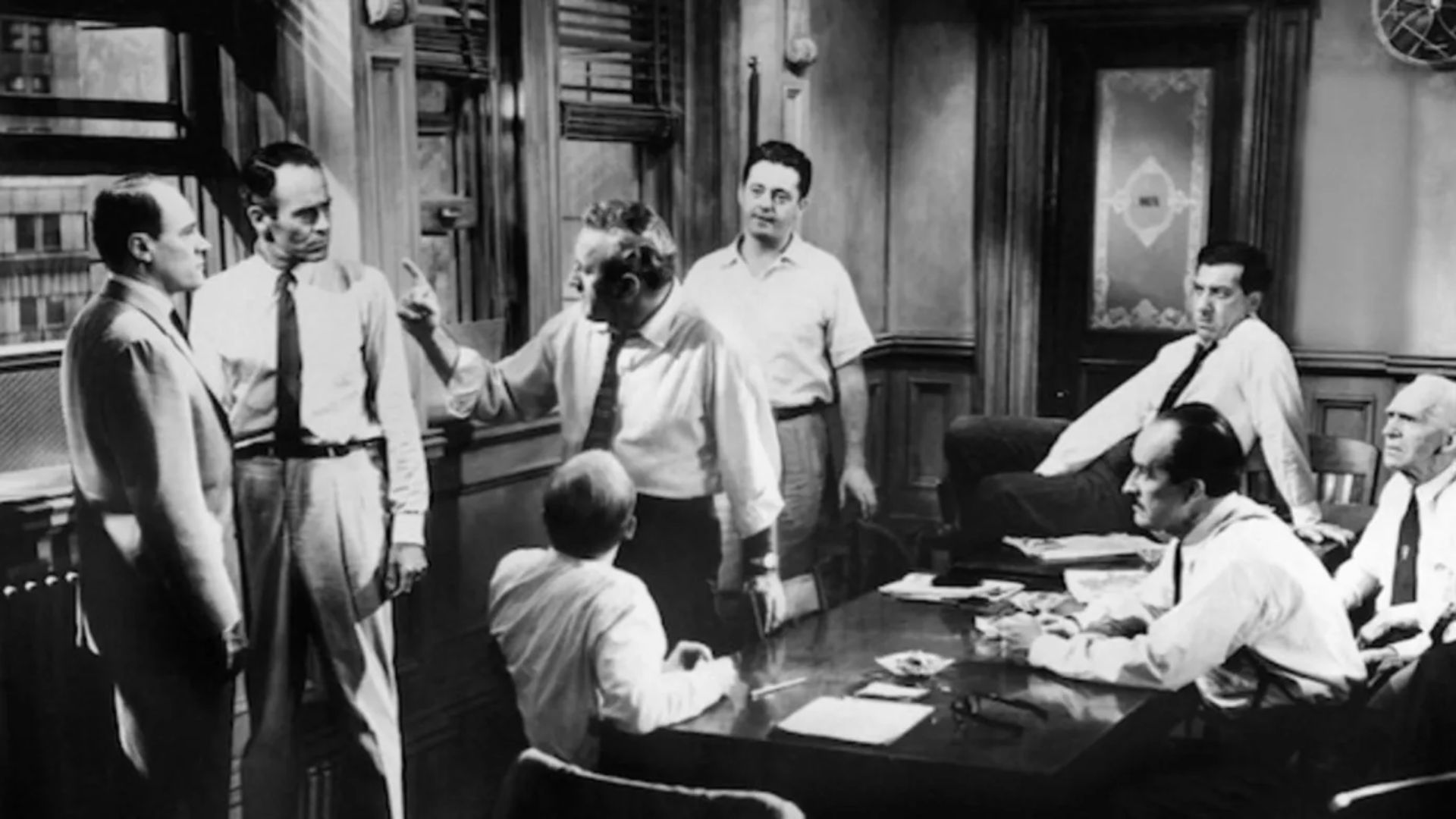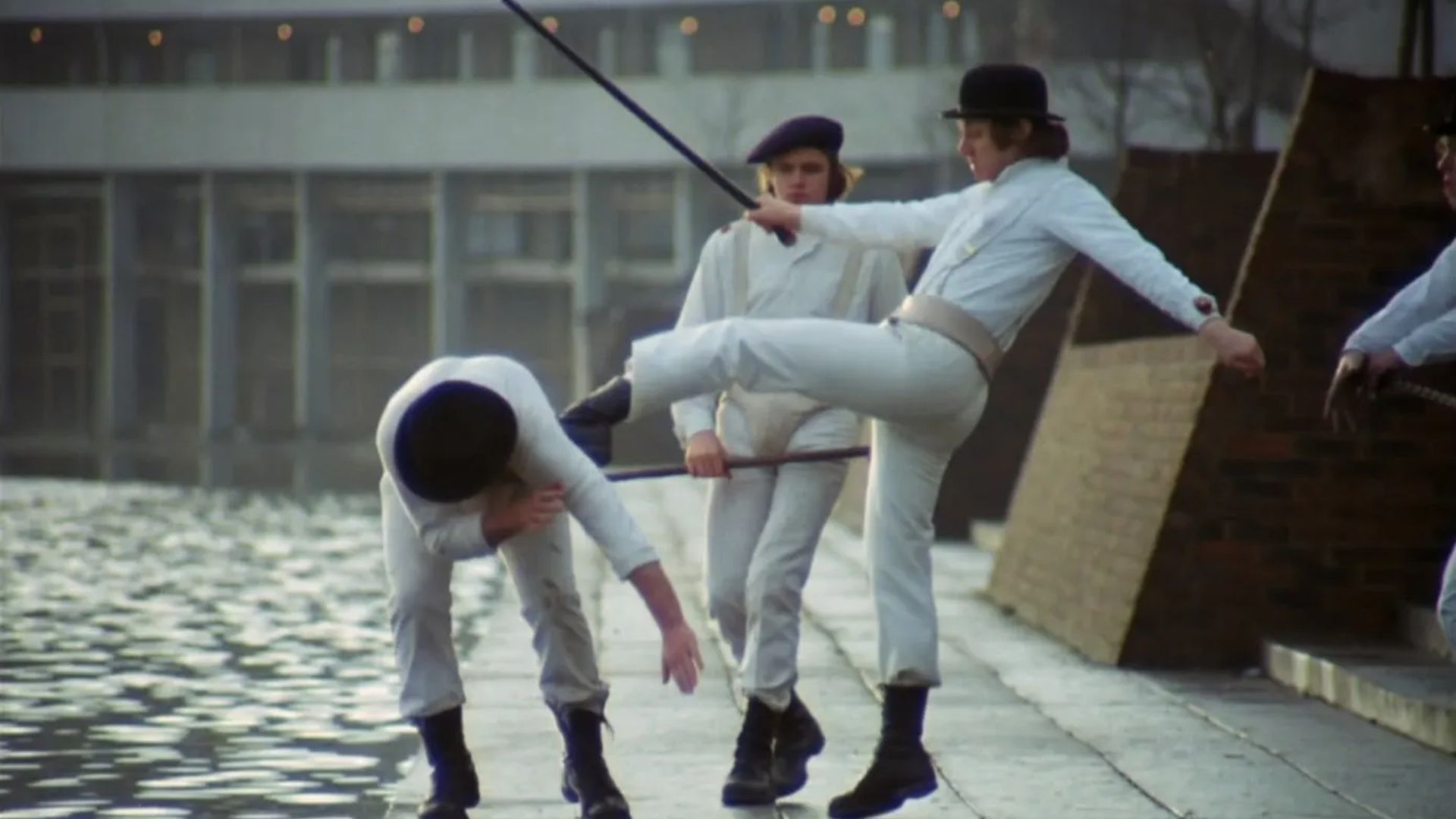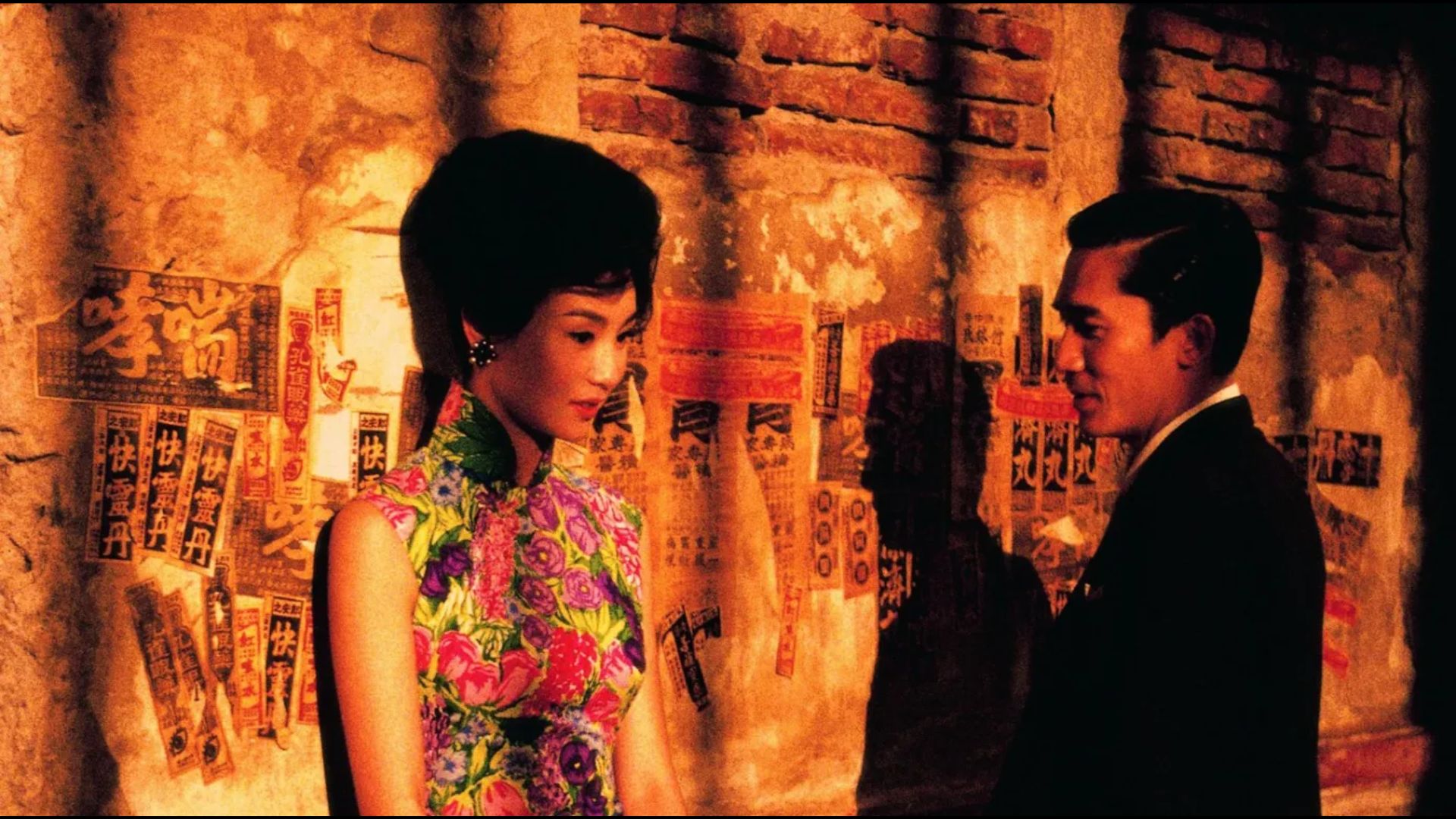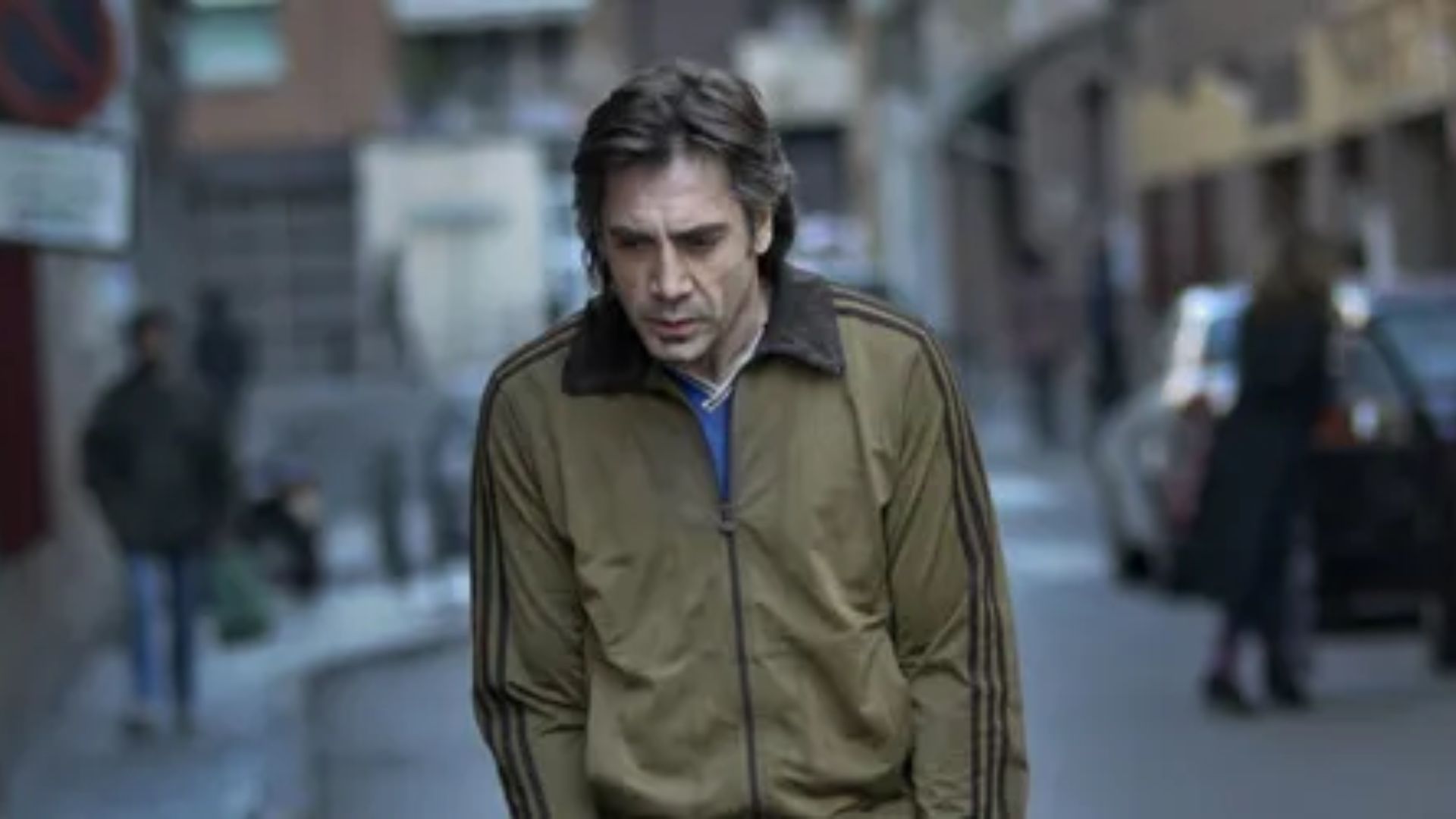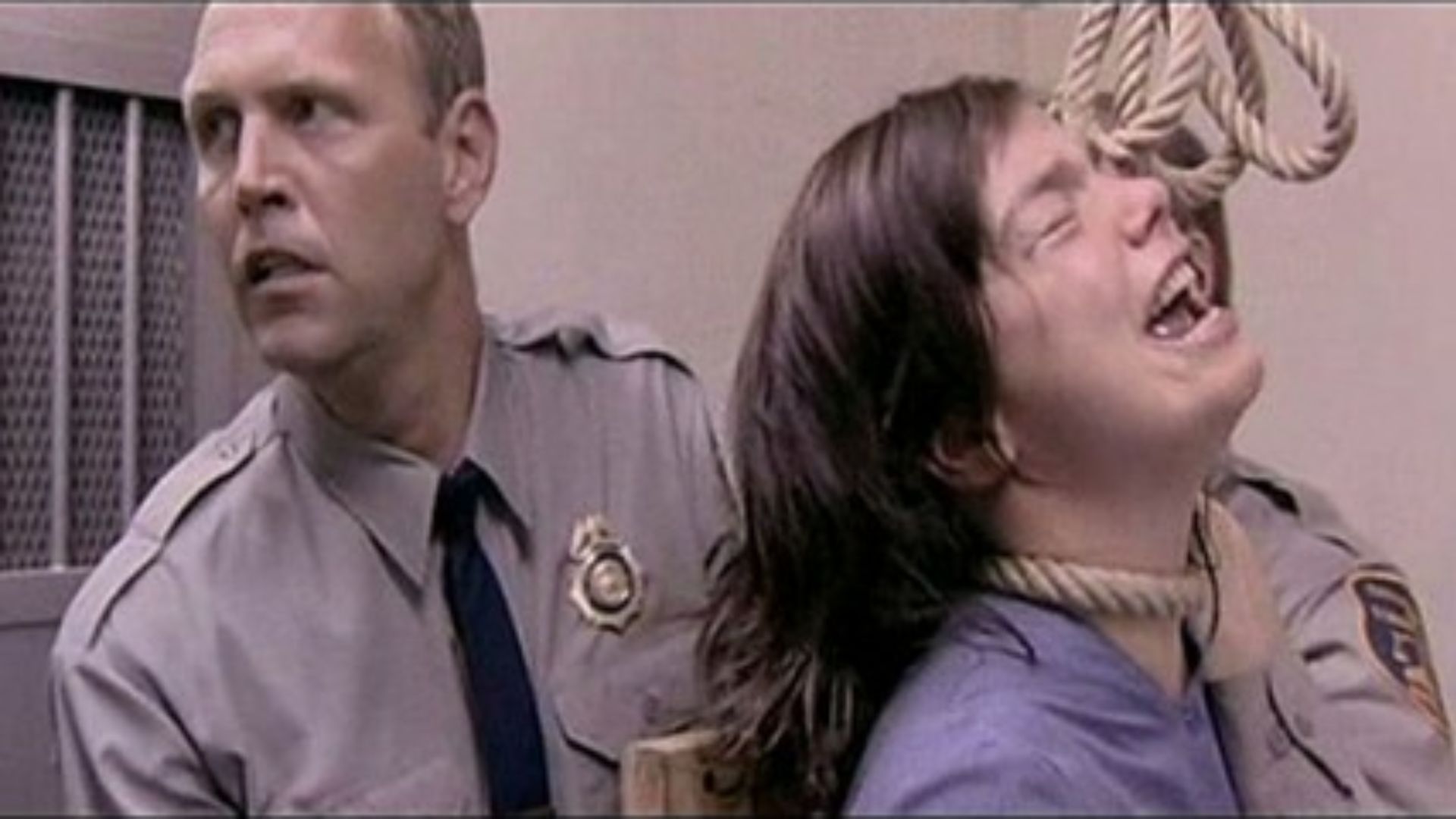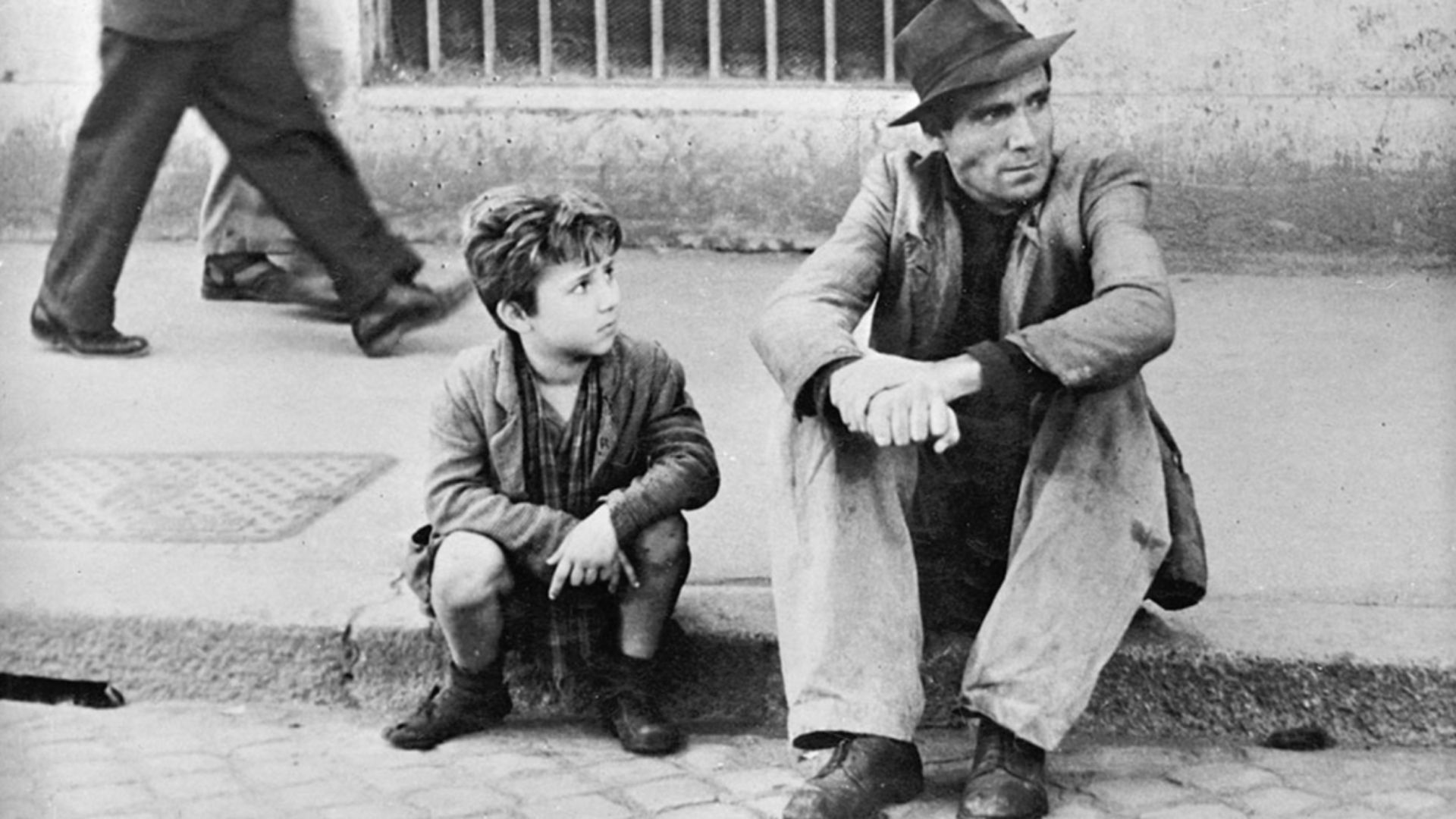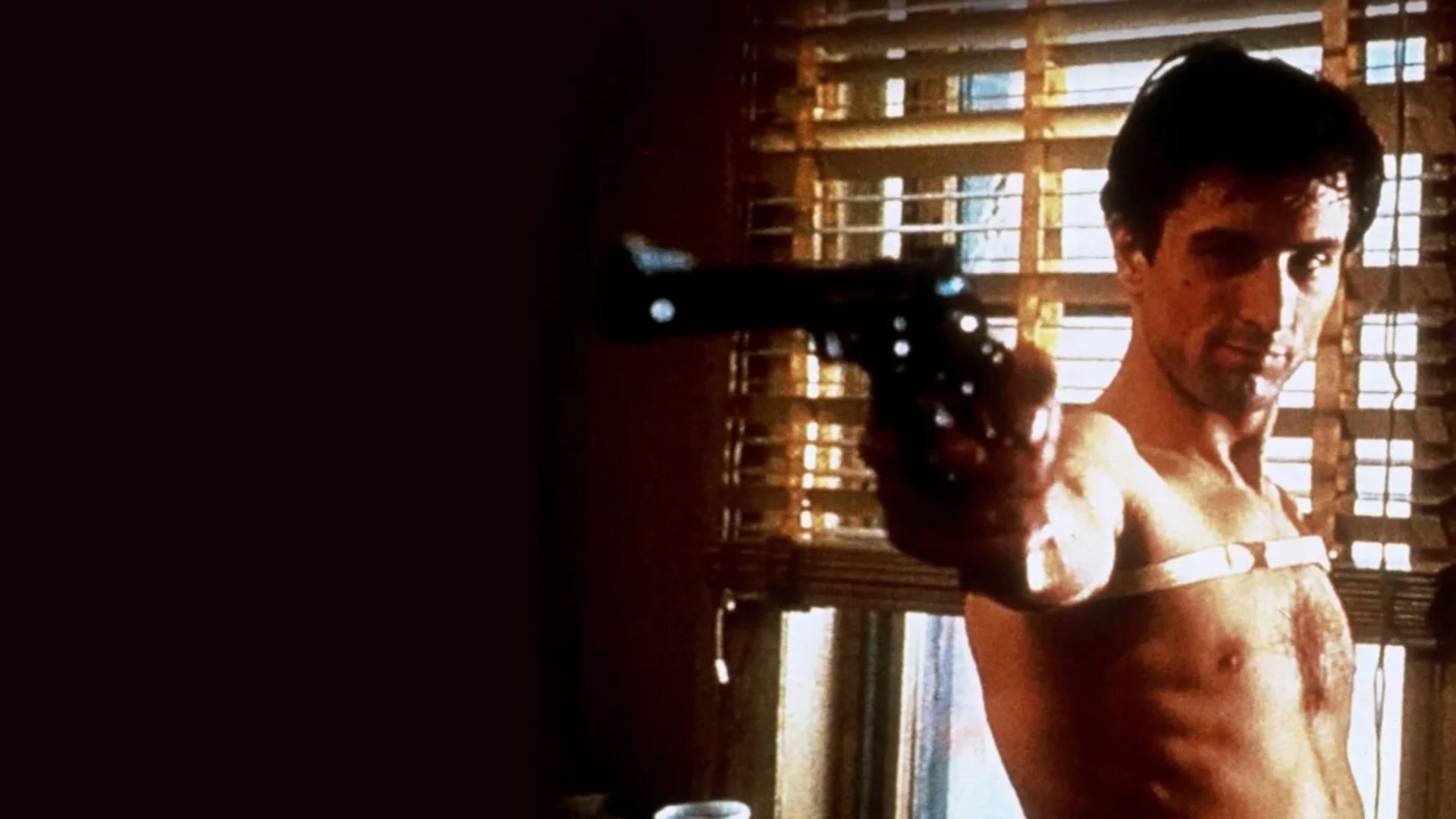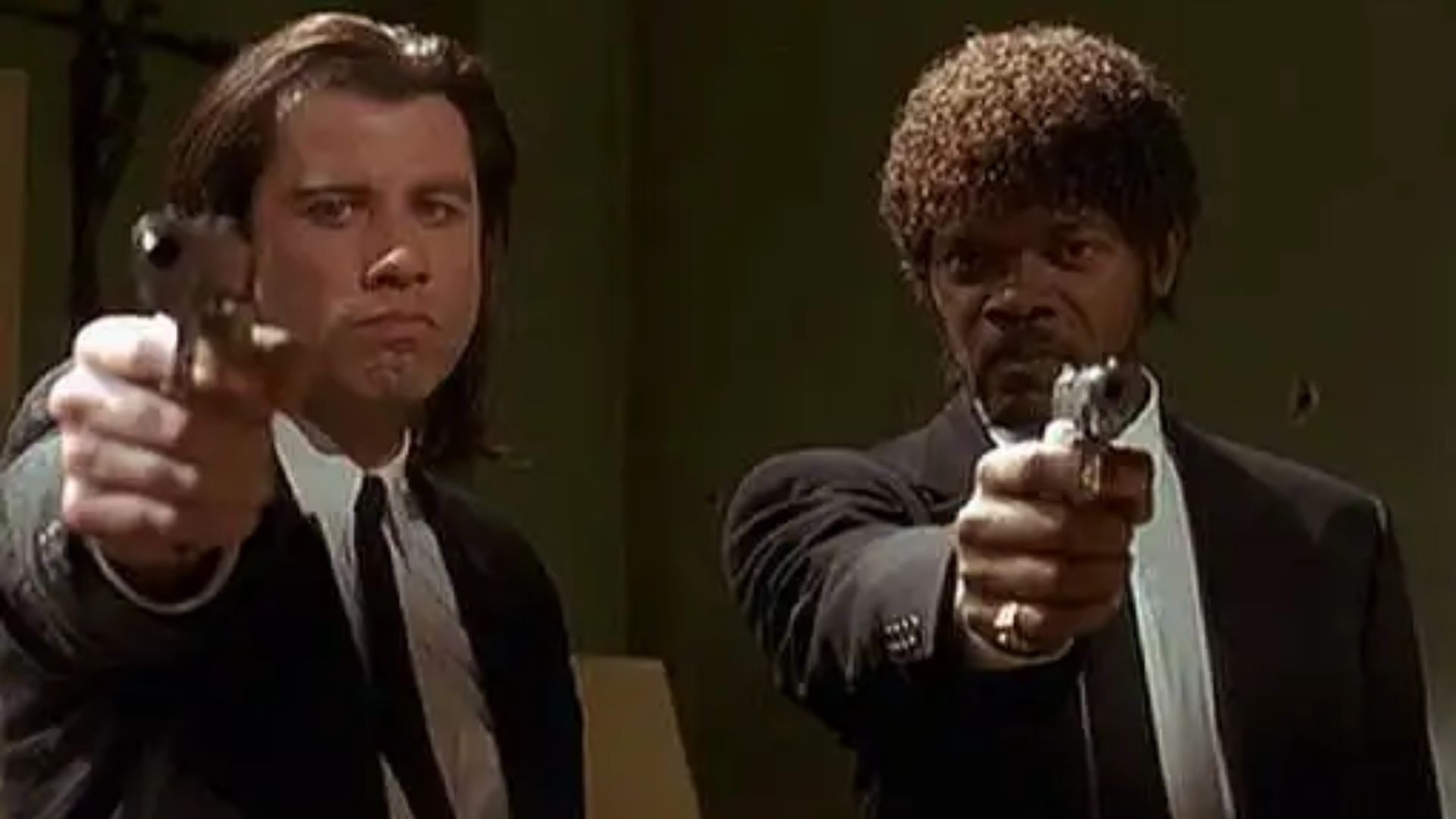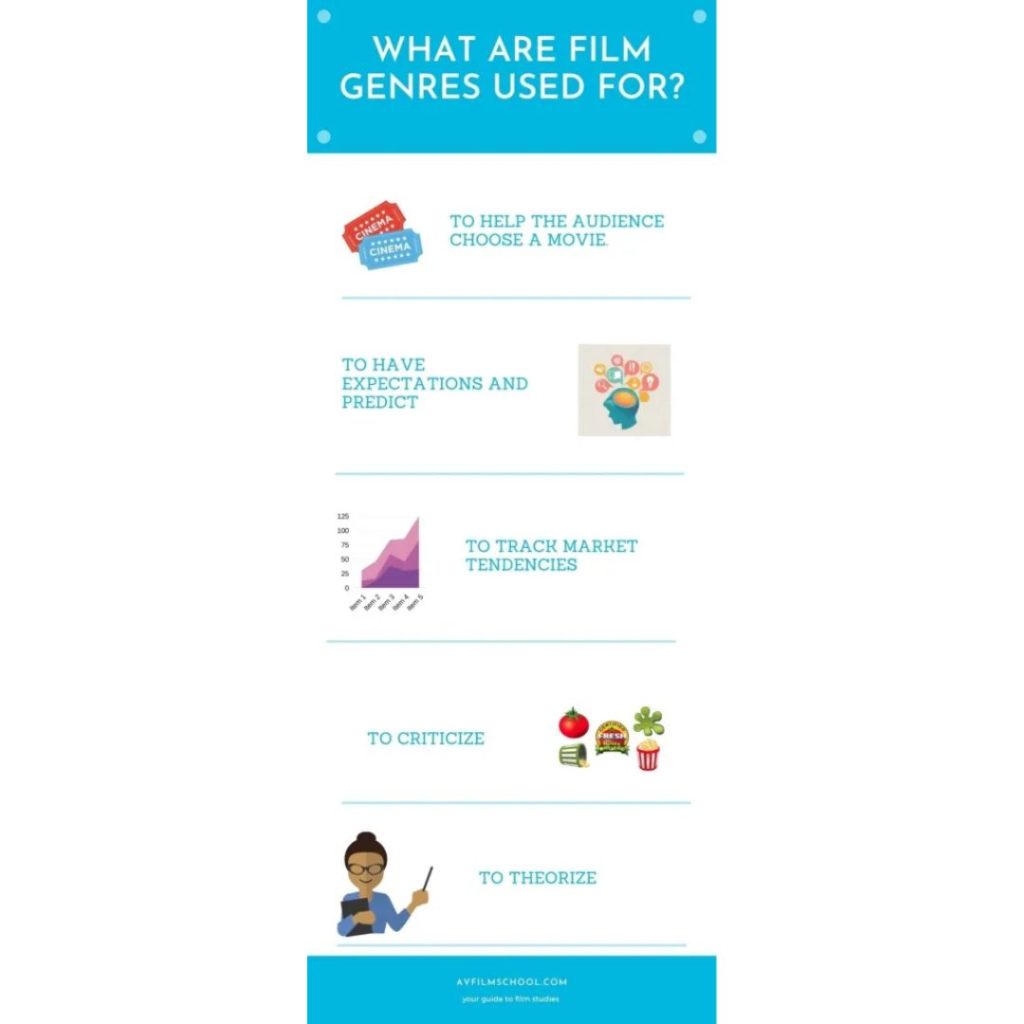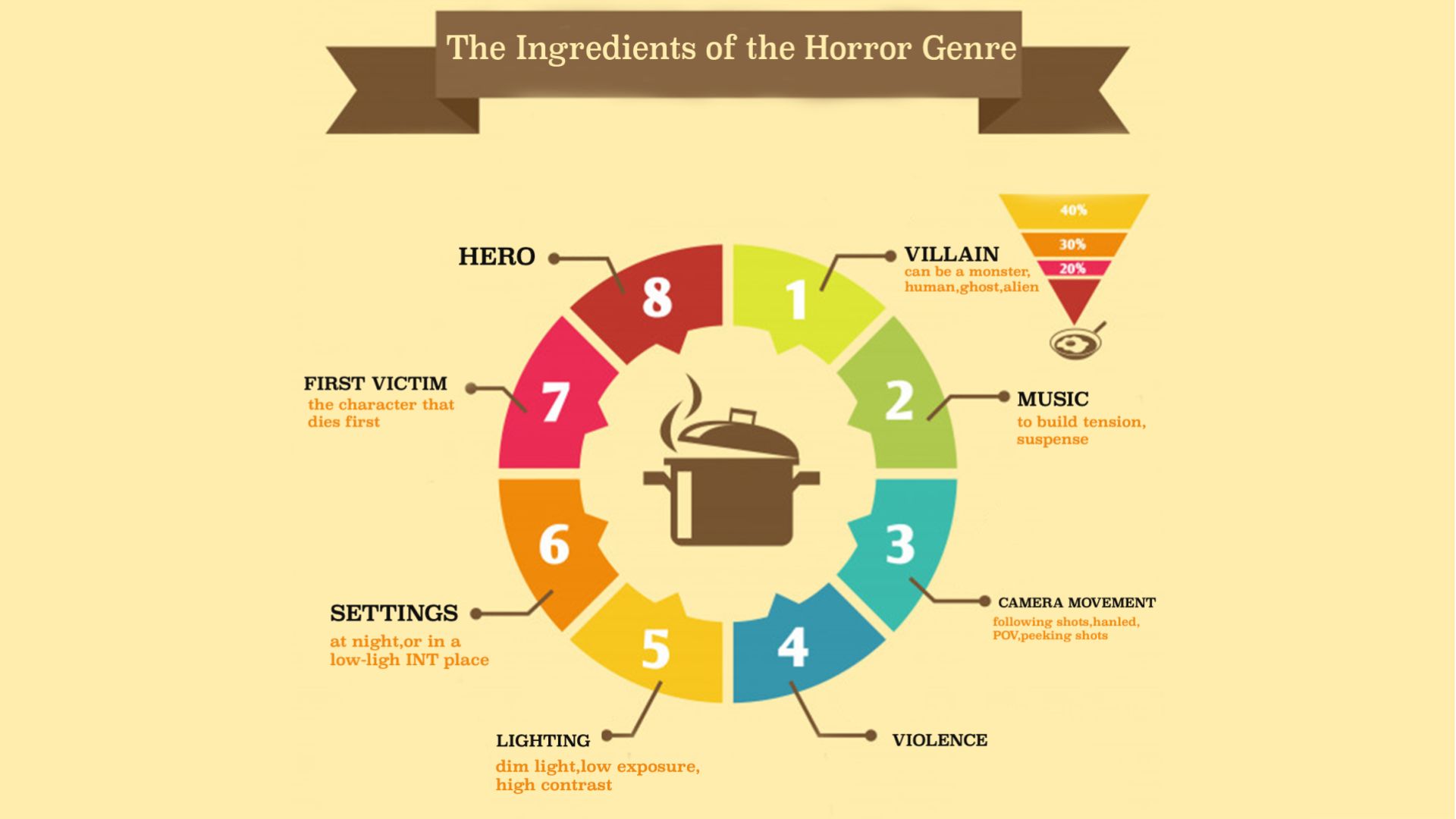Hiroshima Mon Amour Cast: Emmanuelle Riva (Elle), Eiji Okada (Lui), Stella Dassus (Mother), Pierre Barbaud (Father), Bernard Fresson (German Lover).Directed by Alain Resnais.Written by Marguerite Duras. Story Set in the summer of 1957 in Hiroshima. A French...
Film Theory: The Auteur Theory
Film Theory: The Auteur Theory
Simply, the auteur theory considers the film director as an author of the film where the directors have their signature on the whole film.
Auteur is the French translation to “the author”. Auteur directors make films with their unique style and can express ideas and ideologies through cinema. In this sense, the audience can read the film instead of just watching it.
Film Theory: The Auteur Theory
When we look at the auteur theory we have to keep in mind that a film is a collaborative medium. Many creative minds put their input in making the film, and not just the director.
We should not disregard the importance of the writers, cinematographers, actors, editors, crew… Instead, we will regard the director as the conductor of this team and the decision-maker. This is why the auteur theory considers a film as the product of the director.
History of the Auteur Theory
Auteur theory came to light in the 1950s in France. Although the term has been circulating in film studies long before that. During the Second World War, American films were banned in France due to the German occupation. But after the war ended, American movies flooded the French cinemas. At that time, French film critics were hungry for good cinema and began studying French and American films.
These critics (of the film magazine cahier du cinema) accused French films of depending only on the script and disregarding the visual element of cinema. They considered that these movies have low artistic value and that they lack social realism.
Critics were also fed up with movies produced and written by the same old filmmakers (They called these movies: Cinema de papa).
In response to this situation, the Cahiers group considered “better” movies that have unique visual style and that hold ideological and psychological baggage to be auteur cinema.
They argued that just because American directors had little say over the production process, this did not mean that they could not have the auteur status. So they had a special recognition for directors like Alfred Hitchcock, Howard Hawkes, John Ford, and Samuel Fuller.
Another form of auteurism is the total author where directors have complete authority over their movies.
Examples are Jean-Luc Godard, Agnès Varda in France, Wim Wenders, Margarethe von Trotta in Germany, and David Lynch in the United States.
List of Auteur Directors
- Alfred Hitchcock
- Howard Hawkes
- John Ford
- Samuel Fuller
- Jean Vigo
- Jean Renoir
- Jean-Luc Godard
- Agnès Varda
- Rainer Werner Fassbinder
- Wim Wenders
- Margarethe von Trotta
- Orson Welles
- Stanley Kubrick
- David Lynch
When you watch the films of these directors you will easily recognize a unique style in all their movies. You can probably know a Hitchcock film without reading his name on the credits.
When does a Director become an Auteur?
There is no list that the movies of a director should fulfill in order to be considered an auteur. In order to apply this theory, we should study every director separately. I will try to make a checklist or criteria to label auteur films, but this list is not exclusive, and not all films have to contain all these elements.
Elements of the Auteur Movies/Directors
- Movies of the director have a unique and distinct style
- The movies of the director share similar themes
- The director is the screenplay writer
- Films are independently produced (not studio films)
- Movies depend heavily on visual style (camera language)
- Movies communicate philosophical, psychological, or social ideologies
Alfred Hitchcock: Theme Auteur
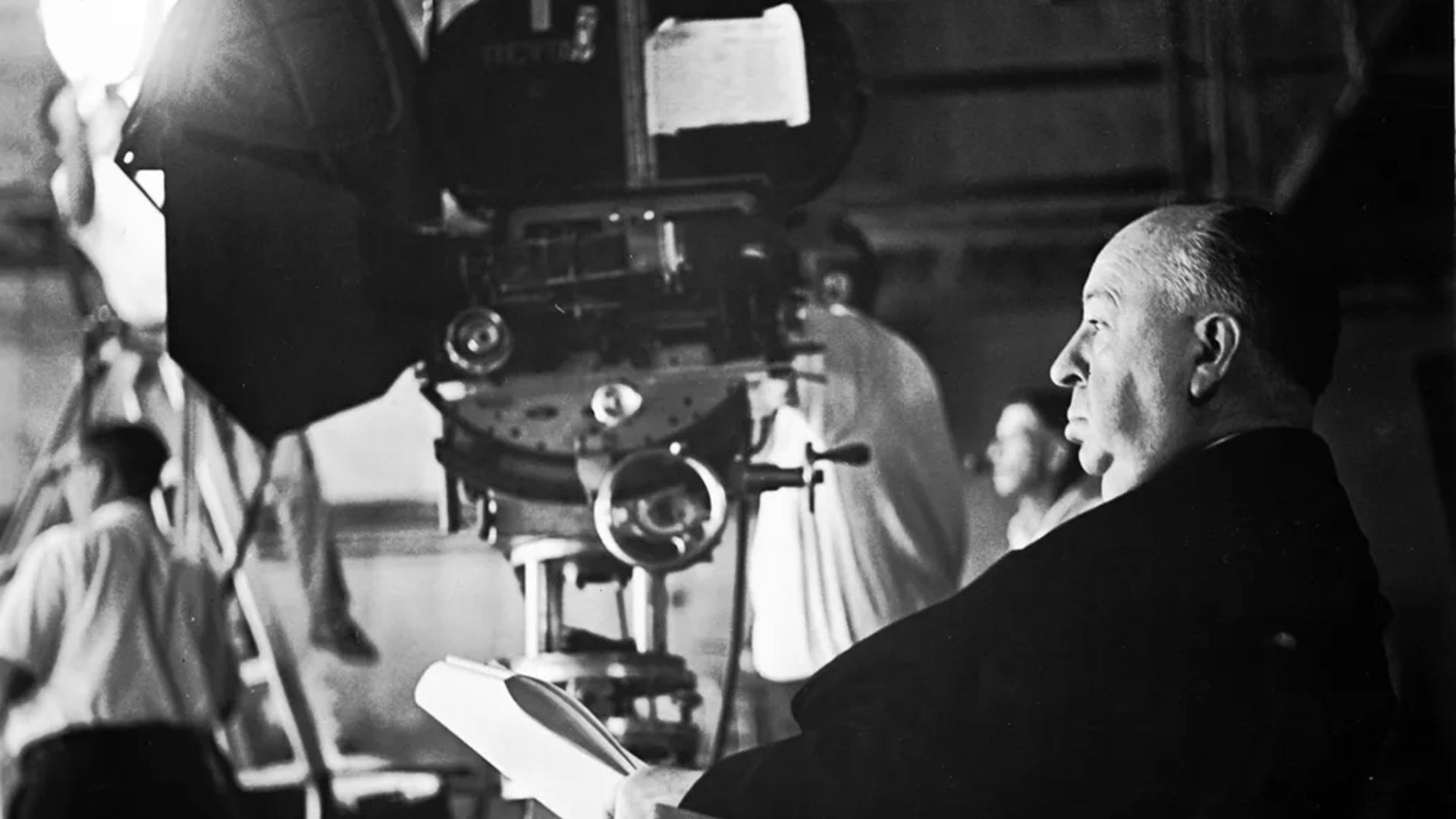
Alfred Hitchcock
Let’s see then why Hitchcock is an auteur director.
First, all his films follow the same genre: Thriller. The suspense became Hitchcock’s signature in movies. All the movies directed by Hitchcock have psychologically complex characters, and we expect twisted ending in the resolution. Concerning the themes of the movies, Hitchcock films usually center around ordinary characters who are wrongfully accused. The director also has a special interest in the mother-son relationship.
Let’s examine some of Hitchcock’s famous films and see how this pattern exists in most of his movies:
Shadow of a Doubt: The routine of an ordinary family is disrupted when trouble comes with Uncle Charlie when he visits them.
Vertigo: The main character (Johnny) is accused of the murder. In fact, Johnny couldn’t save his partner and the woman he was assigned to follow because he actually couldn’t save them due to his fear of hight.
North by Northwest: The police and criminals are both following the main character (Roger Thornhill) because each side thinks he is someone else. then, there is the “Mother”. the first person Roger calls when he gets arrested is Mother, only to discover later that she is anything but affectionate to her son.
Psycho: The ultimate representation of the unhealthy mother-son relationship.
Easy Virtue: John’s mother does not approve of his wife. The mother believes that the wife is hiding a secret, and will do whatever she can to reveal the truth.
Jean-Luc Godard: Style Auteur
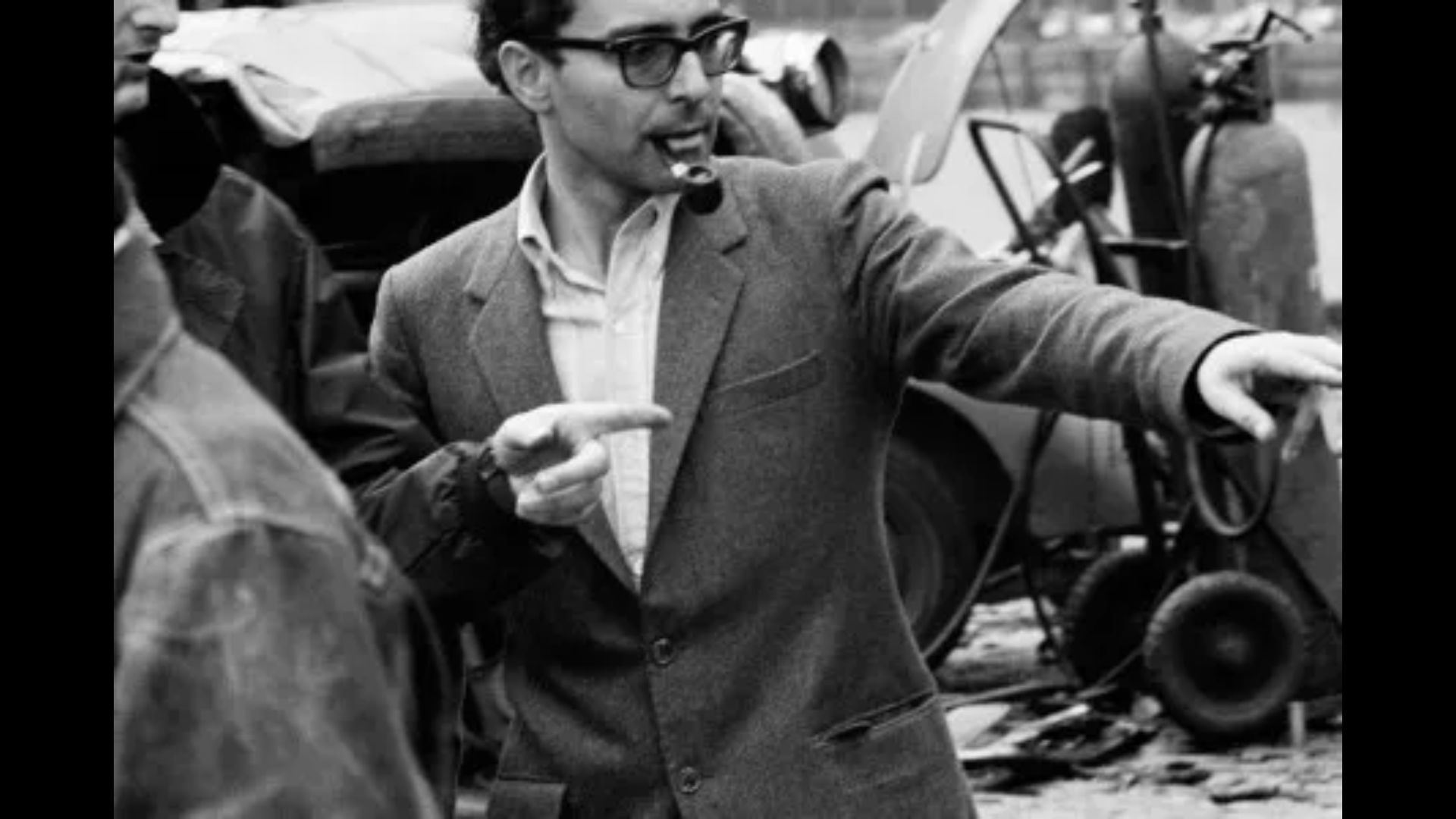
French director Jean-Luc Godard filming scenes for ‘Sympathy For The Devil’ in a junkyard in Battersea, south London, 1968. (Photo by Andrew Maclear/Hulton Archive/Getty Images)
All the French New Wave directors are considered auteur. After all, the auteur theory was popularized by the filmmakers and critics of this wave. In an article about auteurism, I can not but talk about the French Director/writer/critic Jean-Luc Godard.
He made many great films that defined the auteur theory and the French New wave. His films are still enjoyable and worth watching till now. Some of Godards movies include Breathless (1960), Le Mépris (1963), and Pierrot le Fou (1965).
We can recognize the signature of Godard in all his movies mainly through his unique and innovative style. Godard’s filming tends to disregard the rules of filmmaking. So he uses jump cuts heavily in his films. He also relies mostly on a hand-held camera. His movies are mostly shot in real locations using natural light.
But the most important thing in Godard’s films (as an auteur) is: Drawing attention to the cinematic artifice.
This means that Godards (and all French New Wave filmmakers) have no problem in reminding the audience that they are watching a film. This can be done by talking about cinema or revealing the filming process. So his characters may directly address the camera or are filmmakers themselves.
We can recognize a recurring theme in Godards movies.
His themes mostly reflect the existential crisis and the boredom of the youth. And this is not only reflected in the story and the characters of the film, but also the style. These themes can be explored through the non-motivated dialogue and the non-linear and fragmented narrative of the film.
Practical uses of the Auteur Theory
- Study the whole filmography of a director instead of singular films
- A tool to understand the personality and philosophy of the director through his or her movies
- Help to point out unique cinematic techniques and to label them (Hitchcockian style or Tarantino style) in order to be re-used by other filmmakers
- Relate the movies and themes used by a director to his or her personal life
Criticism of Auteur Theory
Many critics and readers are against this theory. They think that the auteur theory is useless and does not qualify as a theory. This point of view has many arguments that seem to be logical.
First, why should all the credit go the one person (The director)?
That is, as we all know, any film is the product of many people. Screenplay writers can have their own consistent style, so why can’t they be considered film auteurs?
Actors, directors, editors, cinematographers, special effect artists all have a significant input in a movie, they have their own style. Can’t they all be auteurs?
Then, why in the first place should there be a signature style in all the movies of an “auteur director”?
After all, a good film should stand on its own. So why should we study the whole filmography of a director who might have good and bad movies in his/her showreel?
Learn more about the Auteur Film Theory:
YouTube Video: The Origins of Auteur Theory by Filmmaker IQ (Recommended)
Book: Postmodern Auteurs: Coppola, Lucas, De Palma, Spielberg and Scorsese (Recommended)
E-Book: Auteur Theory and My Son John (Film Theory in Practice)
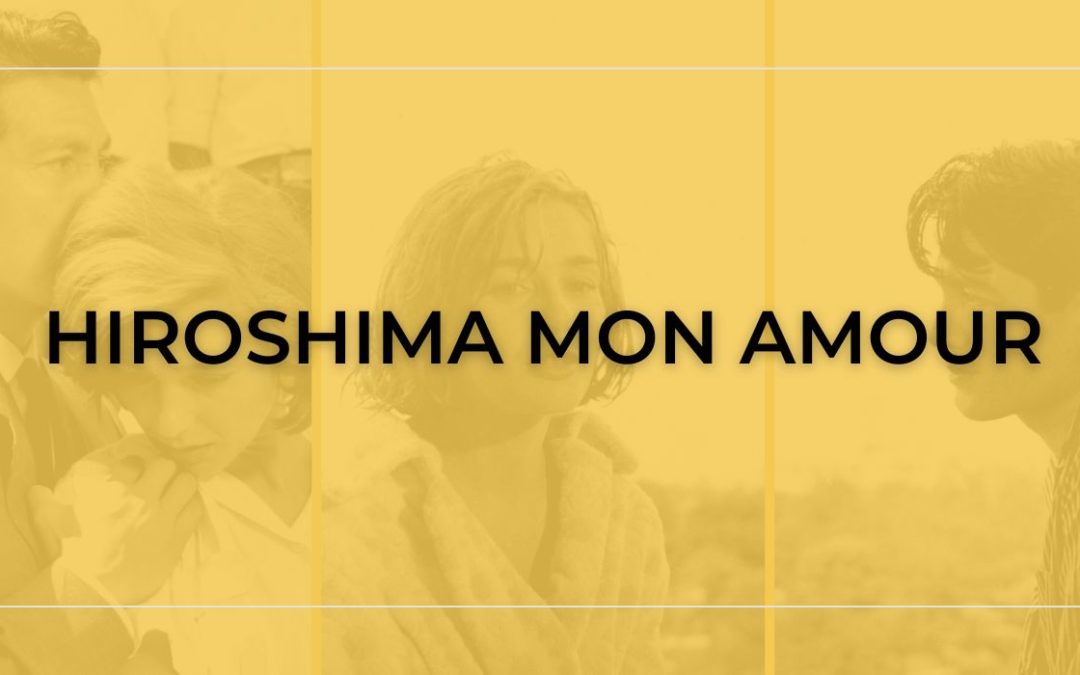
Hiroshima Mon Amour

French New Wave
French New Wave History Background The French New Wave can be considered as a reaction to the World War II. During the war, American films were banned in France by the Nazi occupation. This left the French cinema lovers hungry for films especially that the only...

Create Engaging Characters Using These 4 Steps
Create Engaging Characters Using These 4 Steps When you’re making a film, one of the most important things is to create engaging characters that hold our attention for the entire runtime. I know that creating characters is not as easy as it sounds. If you are stuck...

The Ultimate Guide to the Best DSLR Cameras
The Ultimate Guide to the Best DSLR Cameras Digital single-lens reflex cameras, or DSLRs for short, are the most popular and effective instruments in photography for taking incredible images and films. DSLRs have captured photographers’ hearts for decades, both new...
Up next
Hiroshima Mon Amour
Hiroshima Mon Amour Cast: Emmanuelle Riva (Elle), Eiji Okada (Lui), Stella Dassus (Mother), Pierre Barbaud (Father), Bernard Fresson (German...

